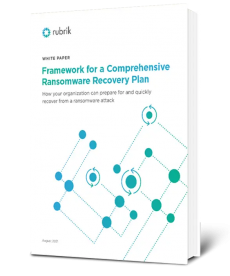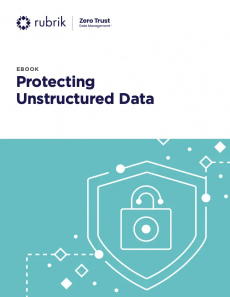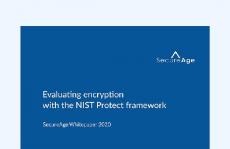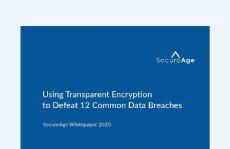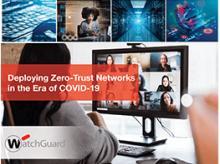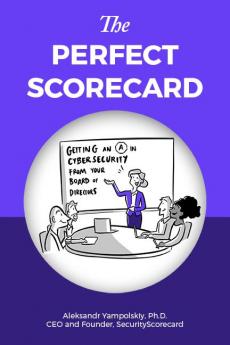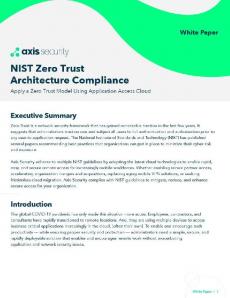Remote Work: Where do we stand one year on?
Remote working has been a necessity for many organisations over the past year. But with a tentative re-opening of offices on the cards, how many of us will be making a full-time return? We've surveyed 3,000 remote workers to bring you the most up-to-date picture of the remote working landscape.



